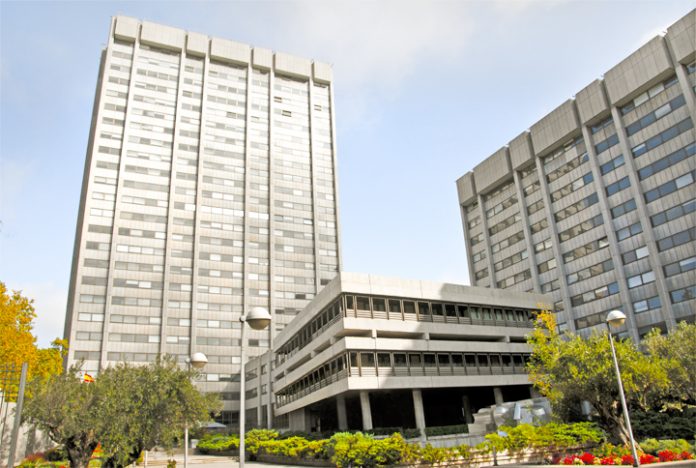
Spain is the second-placed country of the European Union in terms of receiving funding under the Juncker Plan in 2016, with a total of 2.7 billion euros, which means an estimated mobilised investment of some 14.7 billion euros.
In the two years in which Juncker Plan has been in force, Spain has received 3.42 billion euros allocated to 40 projects (9.5% of the EU total), with an estimated mobilised investment of some 23 billion euros, thus placing Spain as the second-highest beneficiary of this measure since it was set up, behind only Italy. These figures have been extrapolated from reports by the European Commission and the European Investment Bank (EIB), tasked with managing the plan.
At a sector level, SMEs and mid-cap companies have been the main recipients of funding under the Juncker Plan, with 40% of the total obtained through the Innovation and Infrastructure Window (IIW), managed by the EIB, and 100% of the total under the SME Window, managed by the European Investment Fund (EIF). Also noteworthy due to their weighting in the funding are the projects designed to improve energy efficiency and climate action.
In the EU as a whole, 422 operations have been approved, with a total sum of 30.2 billion euros. Of this amount, 22 billion have been approved under the IIW Window and the remaining 8.2 billion under the SME Window.
The Juncker Plan plans to mobilise 315 billion euros of investment in total throughout the European Union by mid-2018, of which 52% of this goal has now been met. The plan is made up of three pillars:
Pillar I: the European Fund for Strategic Investment constitutes the financial arm of the plan.
Pillar II: creation of the European Investment Advisory Hub and the European Investment Project Portal, with the aim of guaranteeing that investments reach the real economy.
Pillar III: improved environment for investment through the elimination of obstacles to investment and an improved regulatory framework, pushing through the creation of the Capital Market Union.
The European Fund for Strategic Investment (EFSI) is composed of a 16-billion euro guarantee from the EU Budget complemented by 5 billion euros from the EIB. The EIB is tasked with managing the Fund. Within the framework of the EFSI, the EIB can back higher risk projects in priority activity areas for the future of the European economy. The aim is to finance projects which, due to their nature, cannot be financed by the EIB but which arouse a great interest due to their knock-on effect on the European economy. An independent Investment Committee selects the projects based on criteria of feasibility and economic attraction.




